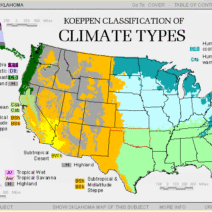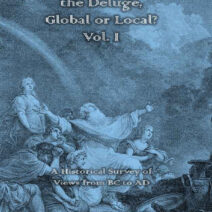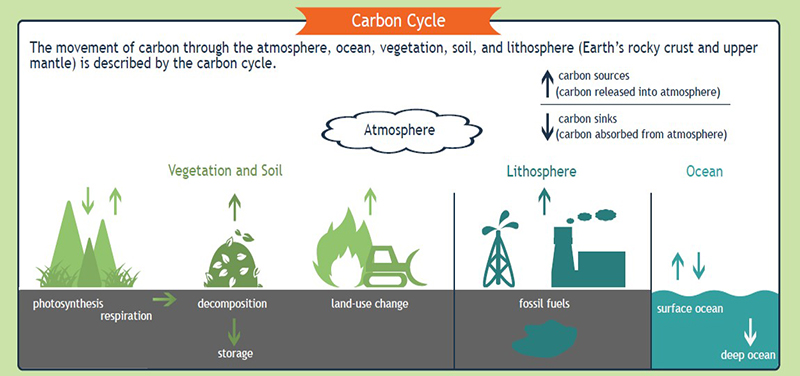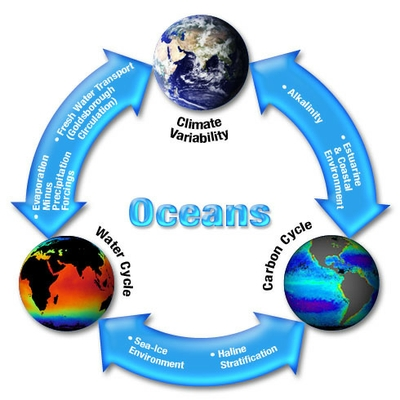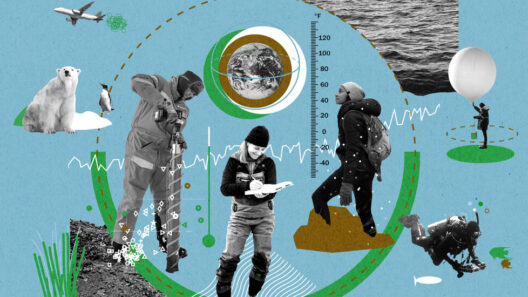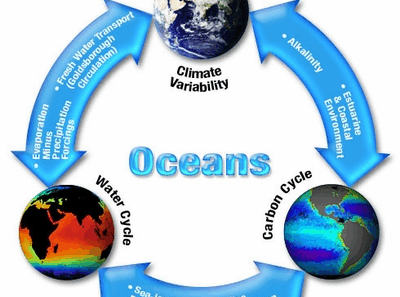The carbon cycle is often compared to an intricate dance, a rhythmic circulation of life essential to the balance of our planet. It is the choreography of carbon—an element vital to life—moving seamlessly between the atmosphere, oceans, soil, and living organisms. However, as the impacts of climate change escalate, this once harmonious ballet appears increasingly distorted. The carbon crisis unfolds like a tragic play, with the consequences of human activity twisting the script and leading to catastrophic implications for the Earth’s systems.
Amid rising temperatures, melting polar ice, and unprecedented weather patterns, the foundations of the carbon cycle are being shaken. Fossil fuel combustion, deforestation, and industrial processes have drastically increased atmospheric carbon dioxide (CO2) levels, disrupting the delicate equilibrium that governs our ecosystems. This disruption can be likened to a sudden, discordant note in a symphony, causing the entire composition to falter.
The ramifications of this upheaval are multifaceted and far-reaching, transcending geographic and temporal boundaries. At the heart of the carbon cycle, photosynthesis functions as the Earth’s green lungs, absorbing CO2 from the atmosphere and converting it into organic compounds. Forests, grasslands, and other terrestrial ecosystems act as significant carbon sinks, sequestering carbon and playing an indispensable role in mitigating climate change. Yet, rampant deforestation and land degradation have diminished these vital ecosystems, akin to silencing a critical section of the orchestra.
As carbon sinks dwindle, the atmosphere becomes increasingly saturated with greenhouse gases, accelerating global warming. The paradox lies in the fact that as temperatures rise, the ability of these natural systems to sequester carbon diminishes. Warmer temperatures lead to heightened respiration rates in plants and soils, releasing stored carbon back into the atmosphere—a phenomenon often referred to as the carbon feedback loop. This self-perpetuating cycle underscores the urgency for remedial action, yet solutions often seem elusive, akin to grasping smoke with bare hands.
The climatic narrative unfolds further as oceans, which absorb roughly 30% of atmospheric CO2, become overwhelmed. Ocean acidification—resulting from elevated carbon concentrations—threatens marine biodiversity and disrupts the delicate balance of oceanic ecosystems. Coral reefs, often referred to as the “rainforests of the sea,” face unprecedented bleaching events, eroding biodiversity that has taken millennia to evolve. This disintegration of marine habitats signifies more than just a loss of species; it represents the unraveling of intricate ecological relationships that sustain life both underwater and on land.
Meanwhile, the carbon crisis manifests in the form of extreme weather events, which become more frequent and severe as temperatures rise. From unprecedented hurricanes to savage droughts, the repercussions of a tempered carbon cycle reverberate globally. Agriculture, a pillar of human civilization, feels the brunt of these changes. Crop yields fluctuate unpredictably as farmers grapple with shifting growing conditions, leading to food insecurity and economic destabilization. Herein lies an additional layer of complexity, as climate change disproportionately affects marginalized communities who bear the least responsibility for the crisis.
Moreover, the carbon crisis interweaves with other environmental challenges, creating a web of interconnected issues. For example, the smog-filled skies of urban metropolises serve as a stark reminder of the intertwining battles against air pollution and climate change. Efforts to mitigate greenhouse gas emissions must therefore consider the broader implications for public health and urban planning. The quest for sustainable transportation, cleaner energy sources, and urban greening initiatives becomes increasingly pressing, as cities evolve into key players in the overarching narrative of carbon reduction.
Strategies to address the carbon crisis demand both innovative solutions and a reimagination of societal values. Renewable energy technologies—solar, wind, and hydro—offer pathways to significantly reduce fossil fuel dependence. Investments in carbon capture and storage (CCS) technologies present another facet of potential mitigation strategies, siphoning excess carbon from industrial processes and sequestering it underground. Each solution, however, requires not only technological advancement but a shift in political will and public support, reminiscent of the arduous climb of a mountain climber pushing against the elements.
Furthermore, conservation and restoration efforts for natural ecosystems must remain at the forefront of the conversation. Reforestation initiatives harness the power of nature to heal itself, while also promoting biodiversity. The conservation of existing forests and wetlands can bolster carbon storage and restore ecological balance. In challenging the notion of an “us versus them” mentality, a collective global response is essential—where civil society, governments, and private enterprises unite for common gain. This partnership, akin to members of a chorus harmonizing, is essential if we are to overcome the carbon crisis.
In conclusion, the carbon crisis, with its profound ability to twist the carbon cycle, underscores the urgent need for a renewed commitment to environmental stewardship. The interdependence of ecological systems highlights that the fate of our planet is intricately tied to the actions of individuals, communities, and nations. Understanding this delicate relationship is vital to our survival. Acknowledging the looming threat posed by climate change is not merely an act of awareness but a call to arms in addressing one of the most pressing issues of our time. We cannot afford to become mere spectators in this unfolding drama; rather, it is imperative that we each play our part in restoring harmony to the intricate dance of carbon that sustains life on Earth.

